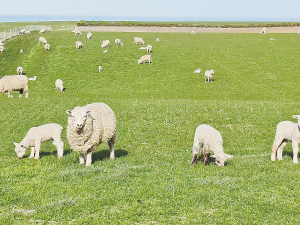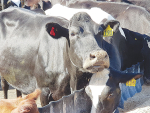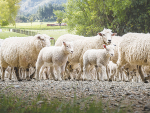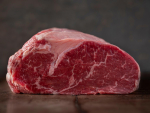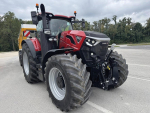Ewes' feeding requirements increase in the latter stages of pregnancy and even more so during lactation.
Multiple-bearing ewes need more feed as lambing approaches to prevent them losing condition.
Protein supply via a ewe’s milk is the crucial element in providing a good start for lamb growth. Ensuring good ewe nutrition to aid ewe milking is critical, particularly in late pregnancy and early lactation.
Lambs eat more grass as they age and twins, particularly, have to start eating pasture sooner than singles
Lambs born to wellfed ewes in late pregnancy have more energy stored as fat reserves and are better able to survive times of reduced feed – such as during windy, wet conditions or extreme weather. They also maintain their suckling drive longer than those whose mothers were poorly fed.
Ewe lambs born to ewes well fed during pregnancy have better lifetime reproductive performance than those from poorly fed mothers.
Excessive under nutrition before lambing can lead to:
- Sub-optimum levels of colostrum production
- Delayed milk let down
- Lower peak and total milk production
- Low lamb birth weights
- Poorly developed maternal instinct
- Impaired lamb bonding behaviour
- Impaired thermoregulatory capability of lambs
- Metabolic diseases in ewes.
All these can lead to reduced lamb survival and lower lamb weaning weights. Try to feed multiples at an appropriate feeding level above maintenance in the last five weeks of pregnancy in relation to number of lambs being carried.
It’s recommended rotations are kept going as long as possible, but reducing mob size and speeding up the rotations closer to lambing is an available option to reduce grazing pressure.
Lambing Date
Ideally lambing should begin at the same time as the annual increase in spring pasture production.
However, a high proportion of New Zealand farmers lamb too early for their feed supply to achieve high growth rates.
Aligning lambing dates with the spring flush almost invariably results in similar weaning weights and dates as lambing before the flush. Ewes also maintain better condition and, because pasture growth isn’t restricted by low leaf area (through over-grazing), pasture growth is optimised through late spring, summer and the rest of the year.
Contrary to popular opinion, earlier lambing does not necessarily produce heavier lamb weaning weights. It is better to lamb later and achieve faster growth rates, than lamb early at the expense of optimal lamb growth. Generally later lambing enhances both lamb growth and ewe condition when pastures can be controlled by cattle grazing or mechanical topping.
Source: B+LNZ

